A List of Obsolete Technology
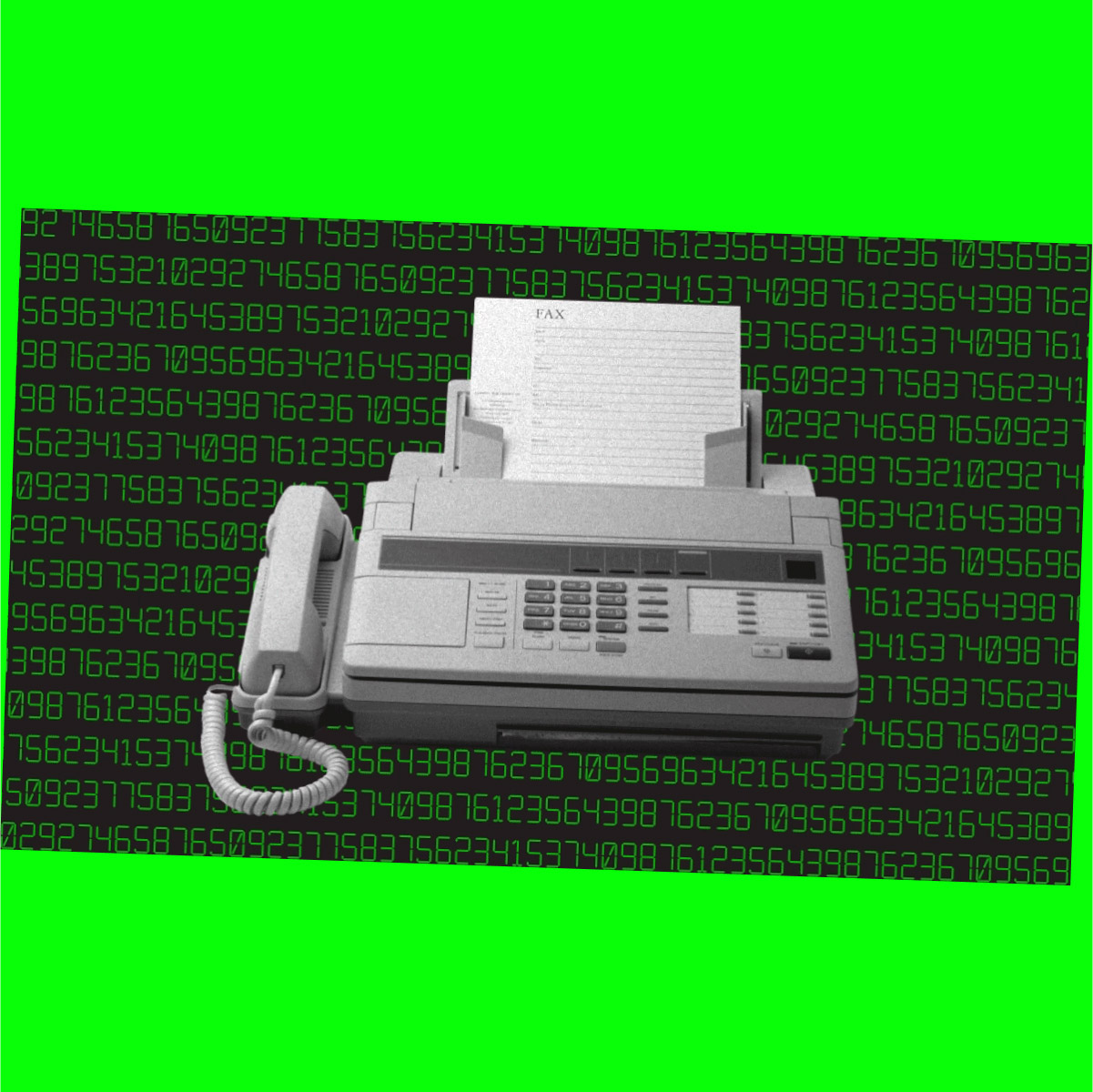
A List of Obsolete Technology
Index
At the time they were groundbreaking inventions. Life-changing, even. Or so we thought.
A bunch of revolutionary technologies were once massive crazes but are now mere memories.
We’ve already retraced the rich history of portable music players and the demise of associated inventions. Now, we’re turning our attention to other nifty devices, gadgets, and more.
Their stories provide several critical learnings that are relevant for all sorts of brands and businesses in today’s world – even more pertinent as technology evolves at rapid rates and competition continues to swell.
Prepare for a blast from the past.
Sidenote: While we’re calling this a list of obsolete technology, it might surprise you that several of these items are still being created or wound up production only in recent times.
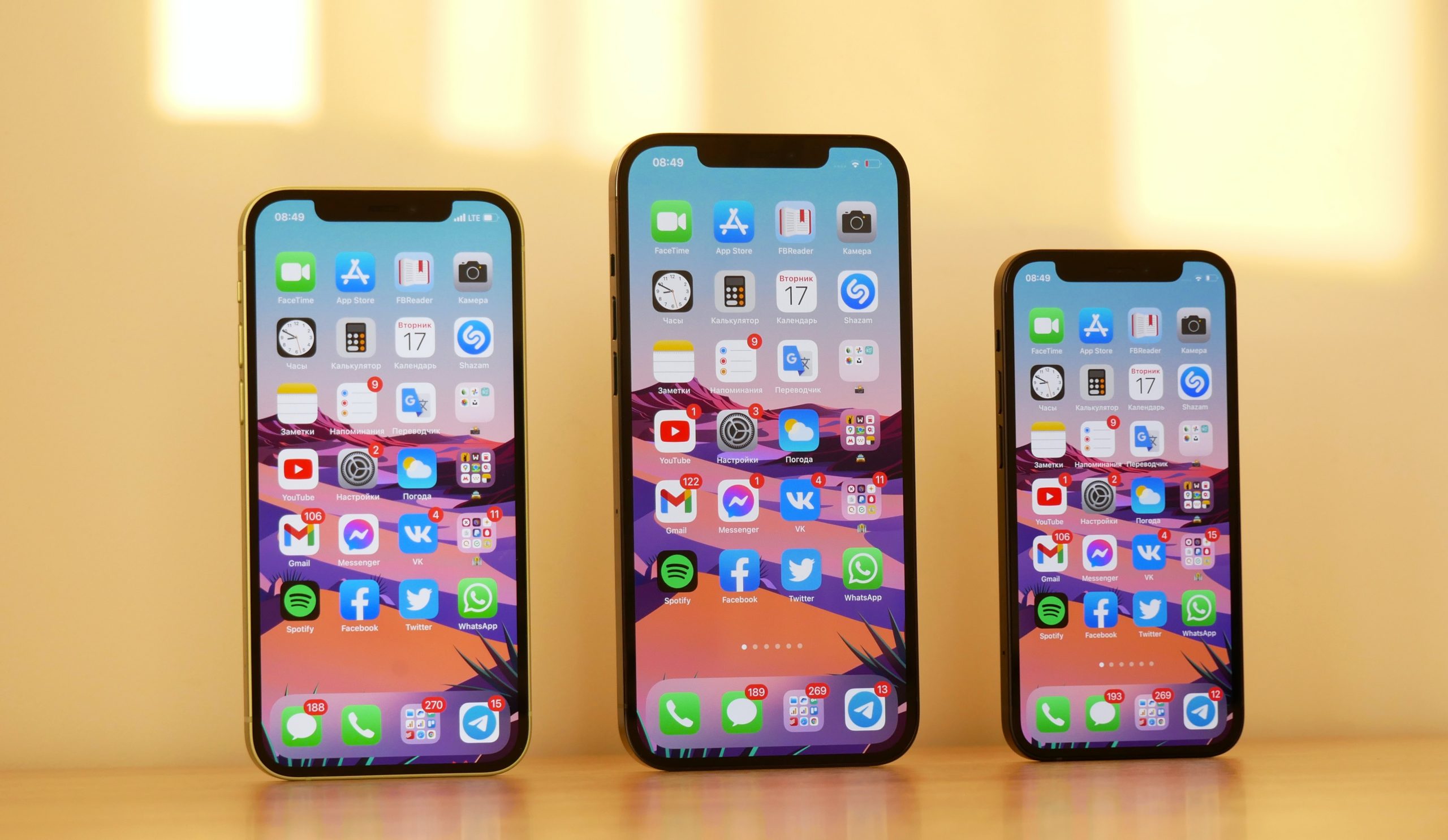
1. Videocassette Recorders
It’s hard to imagine in the landscape of streaming but these bulky contraptions were once a household staple. Abbreviated as VCRs, they date to the 1950s but didn’t hit the mainstream until the ‘70s and ‘80s.
Accompanied by videocassettes, VCRs created genuine excitement, allowing users to watch one TV show while recording another at the same time.
Soon, movies emerged on videocassette – or tape – which was mind-bending. This tech evolved amid the ‘format war’ between Sony’s Betamax and JVC’s VHS products. Spoiler alert: the latter won, critically because Sony made a key mistake that all businesses can learn from – failing to adapt to consumer demands.
After a sustained period of popularity, VCRs were replaced by the next item below. Somewhat surprisingly, they ceased production only in 2016!!
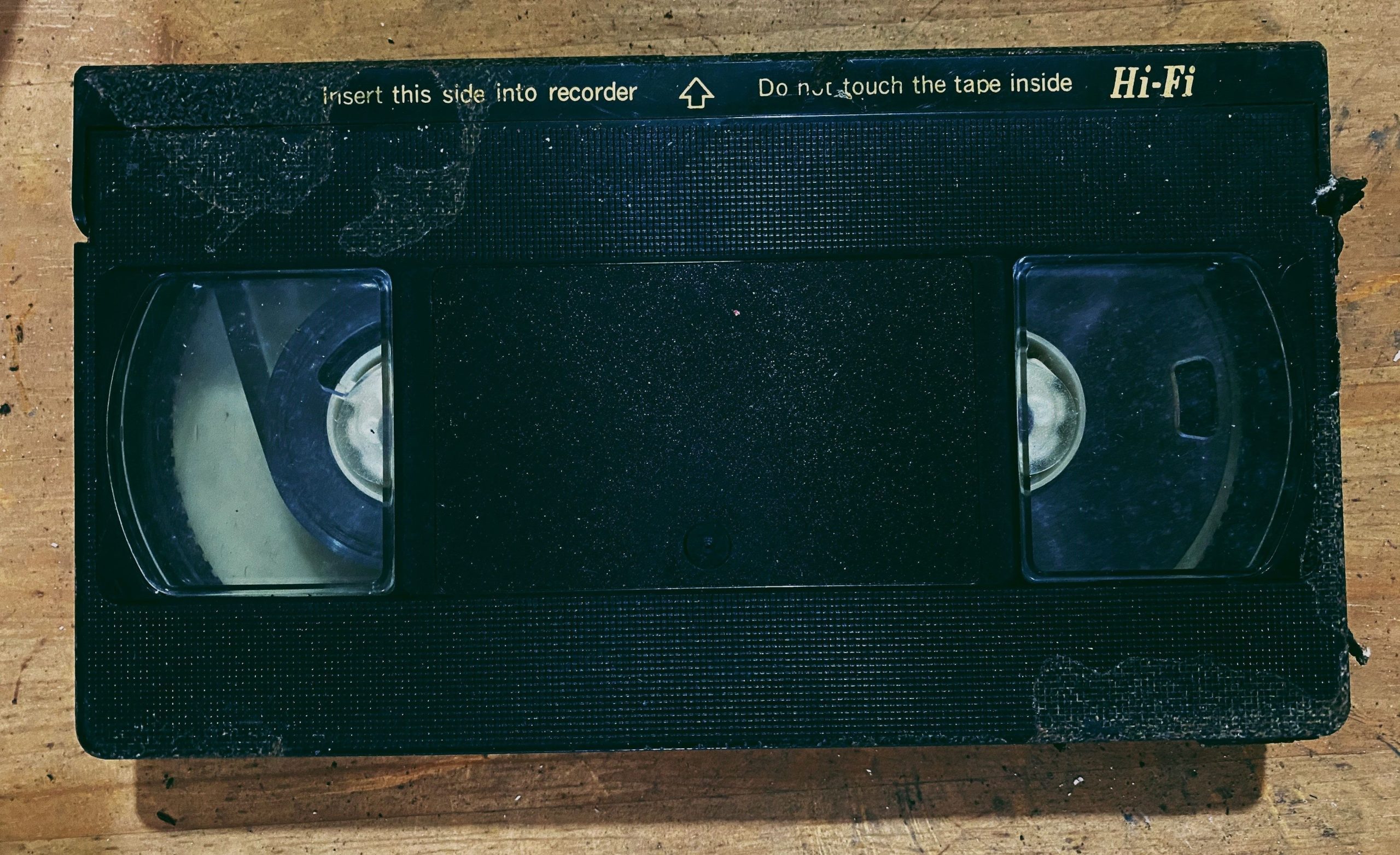
2. Digital Video Disc Players
First released in Japan in 1996 and a year later in the US, DVD players signalled a giant leap forward in the tech world. DVDs provided superior image and sound quality compared to tapes and the innovation kickstarted a digital revolution in home entertainment.
In fact, the advancement of DVD technology is often credited as the inspiration for our streaming culture.
Although DVD players improved the movie-viewing experience, they weren’t great at recording and playing back TV. This led to the birth of digital video recorders, which emerged as pay TV – or cable TV – was taking off.
Despite pay TV services and DVRs not initially getting along, soon enough the tech was integrated. Then, streaming services emerged and the combined effect of these advancements spelled trouble for DVD players.
Even with the sharp decrease in popularity, the machines are still produced today. And while well down on their peak numbers, you might be surprised to learn that roughly 300 million DVDs are still sold across the globe annually. This has been attributed to various reasons.

3. Dictation Voice Recorders
The great Alexander Graham Bell is widely credited with this invention in 1881, trademarked as the Dictaphone. These gizmos evolved rapidly over the decades, with portable devices introduced in the 1950s.
Although the gadgets are still made, the arrival of smartphones with built-in dictaphones led to a notable demise – and a spot on this list of obsolete technology.
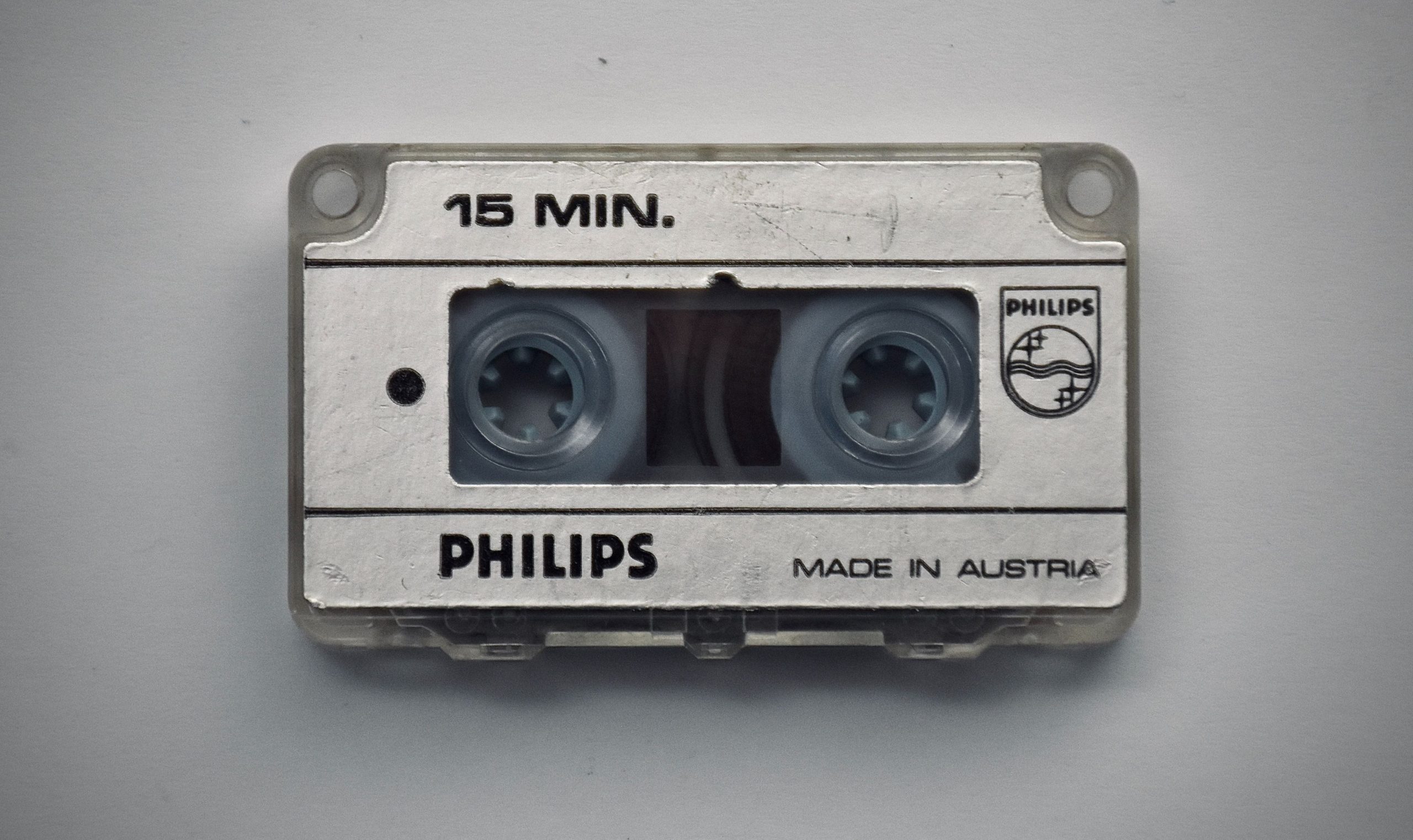
4. Digital Calculators
Smartphones also dampened the need for this tech by way of integration. Digital calculators originated in the 1960s and the first handheld device was available to consumers the following decade. From there, they multiplied dramatically to become a household essential for generations.
While smartphones orchestrated their downfall, digital calculators are still powering on, notably in schools and universities. This is notably so when it comes to exams and tests where there are strict rules about which devices can be used for assistance.
Clearly, a claim that you’re only using the calculator function on your smartphone – and nothing else, I promise – is not going to fly with those switched-on educators.

5. Calculator Watches
The popularity of digital calculators and the ubiquity of wristwatches meant there was only one thing to do – combine them! Entering the market in the mid-1970s, calculator watches were the must-have fashion item of the day.
But as mobile phones and personal digital assistants surfaced, Father Time caught up with these wrist-clingers. Although they warrant inclusion on a list of obsolete technology, they’ve somewhat been reborn in the form of the Apple Watch and friends. Because everything old is new again, right?

6. Personal Digital Assistants
A list of obsolete technology wouldn’t be complete without mentioning these electronic organisers, which once enjoyed a golden period. PDAs hit the market in the early 1990s and were hugely convenient before they were superseded by the smartphone.
This is a good opportunity to introduce the BlackBerry brand, which straddled the line between a PDA and a smartphone. Bursting onto the scene in 1999, BlackBerry’s devices reached hit status, offering then-revolutionary capabilities like email on the go and instant messaging.
In the early 2010s, BlackBerry had 85 million subscribers worldwide. But its products failed to innovate and react appropriately to consumer sentiment – falling behind the emerging iOS and Android platforms – and the rot set in. Although the company remains, its smartphones are another example of redundant tech.

7. Fax Machines
With origins dating to the 1840s, these oft-hulking devices were once an absolute mainstay of offices around the world – particularly in the 1980s and ‘90s. Although email led to the decline of fax machines, the tech dinosaurs are still in use.
Among other reasons, they serve a purpose in some industries where email documents are not valid or legally binding and remain a quick and convenient medium for sending files from A to B.
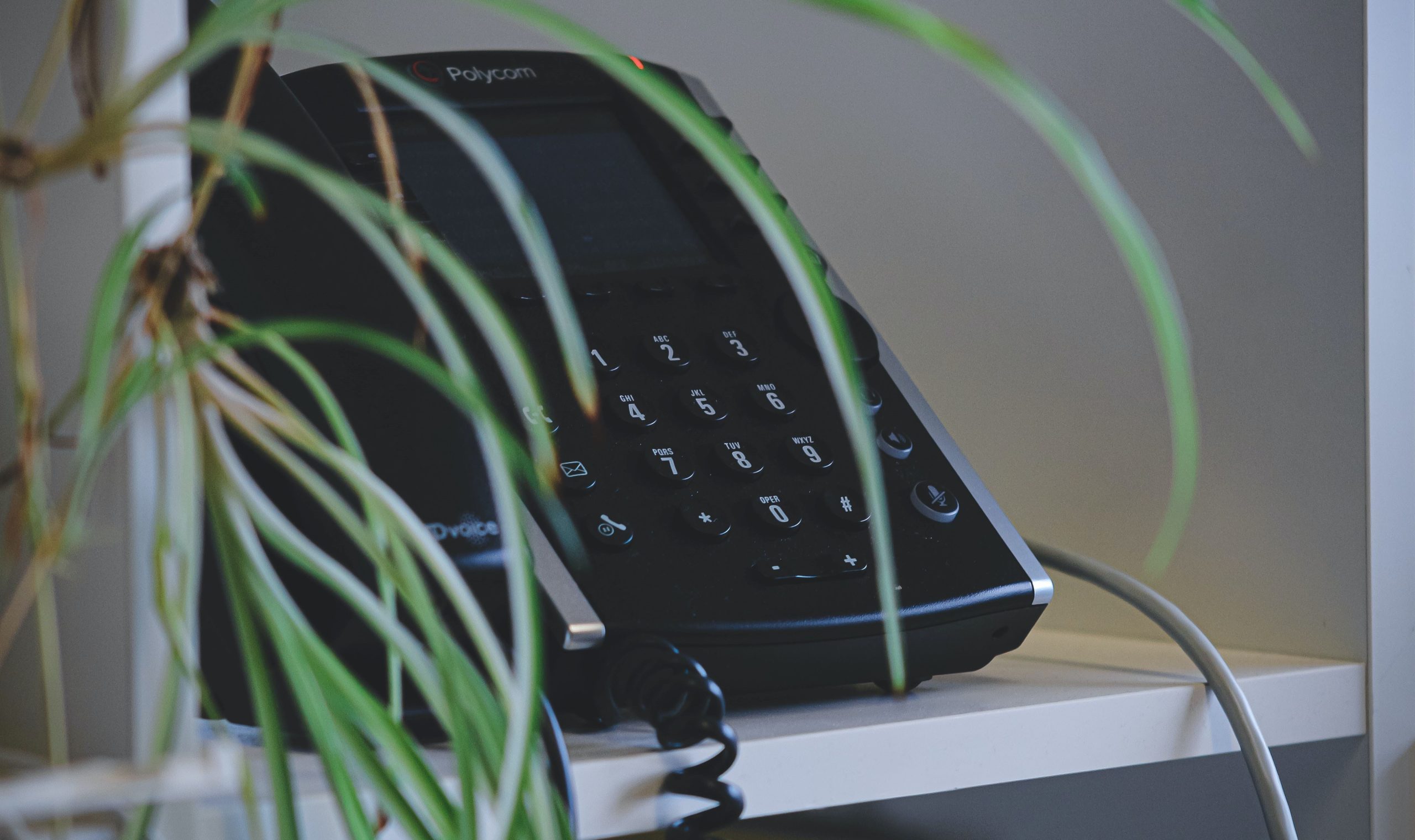
A List of Obsolete Technology – the Resistors
The ever-increasing capabilities of smartphones are seriously impressive, successfully integrating a wealth of established tech creations.
But as we’ve learned with some of the examples above, although smartphones have severely dented the popularity and market share of various devices, they haven’t altogether eradicated them.
Some standalone items that have been integrated into smartphones are far from obsolete. They’ve evolved in their own right to offer superior quality and functionality to that of a smartphone or are preferred for their reliability and lack of dependence on internet and WiFi. Among them are:
- Digital video cameras
- Digital cameras
- Hand-held game consoles
- GPS units
- Pagers and beepers (yes, you read that correctly!)

On the Subject of Phones…
Despite many of us likely not using one for years (if at all, depending on your age!), phone boxes are still about. In Australia, legislation requires the Federal Government to maintain a public payphone service. And it remains important to sections of the community.
However, payphone numbers have dropped considerably, from 80,000-odd in the 1990s to roughly 15,000 in 2023.
In August 2021, Telstra announced that calls within Australia would be free from its nation-wide collection of public payphones. However, its supposed charitable act was called out as a cost-saving measure for the telco.
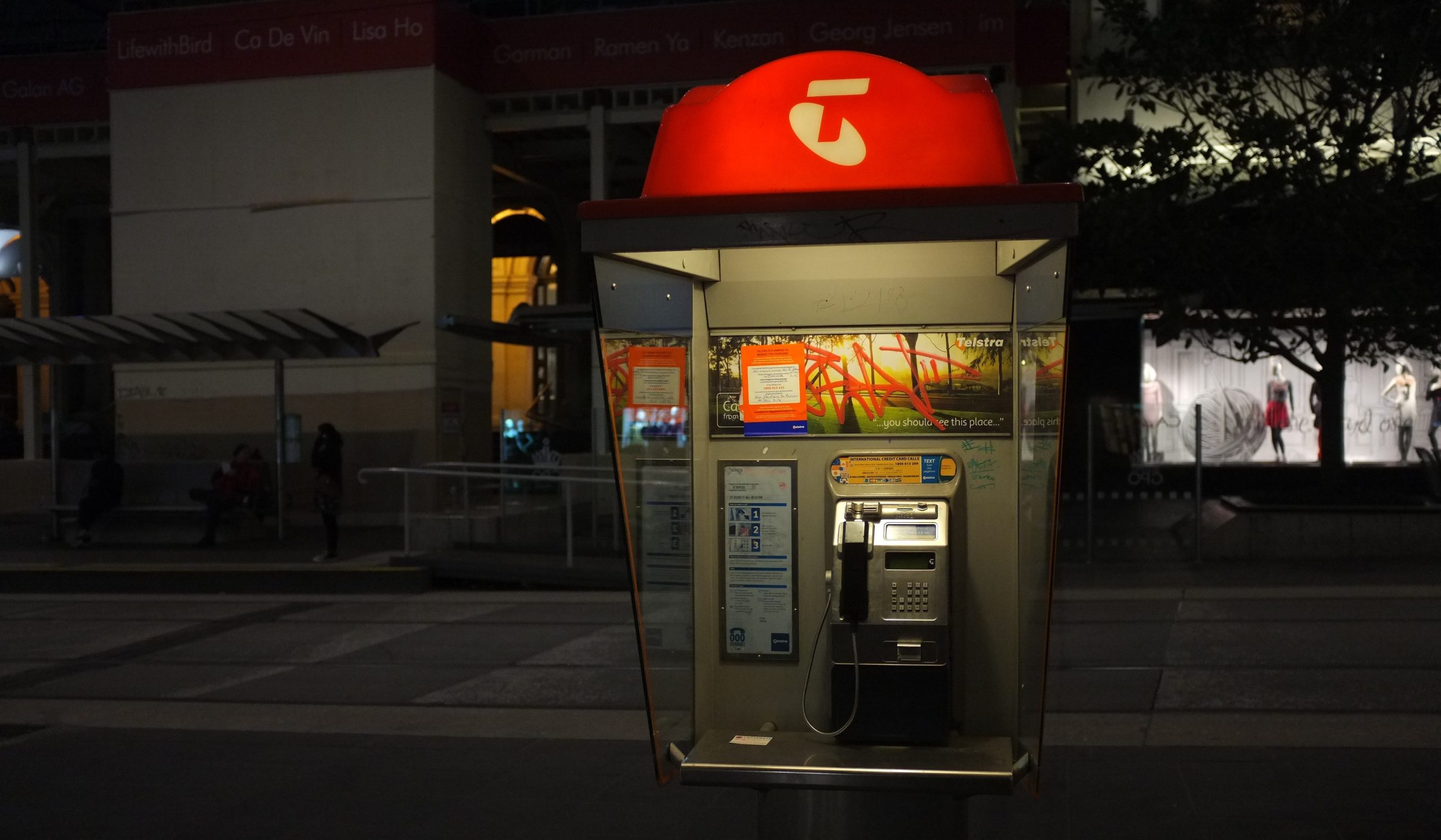
A List of Redundant Technology – Bonus Entry
Spare a thought for the almanac.
While it doesn’t quite fit the bill on a list of obsolete technology, we had to give a shoutout to this trusty guide. Forever etched in the minds of many thanks to the movie Back to the Future Part II, the almanac’s origins are loosely traced to thousands of years ago.
Although versions are still printed today, almanacs are not the go-to source of info they once were. We can blame the rise of the internet and Google for that.
In fairness, almanacs spend far too much time looking back. And that strategy doesn’t get you far in this world.